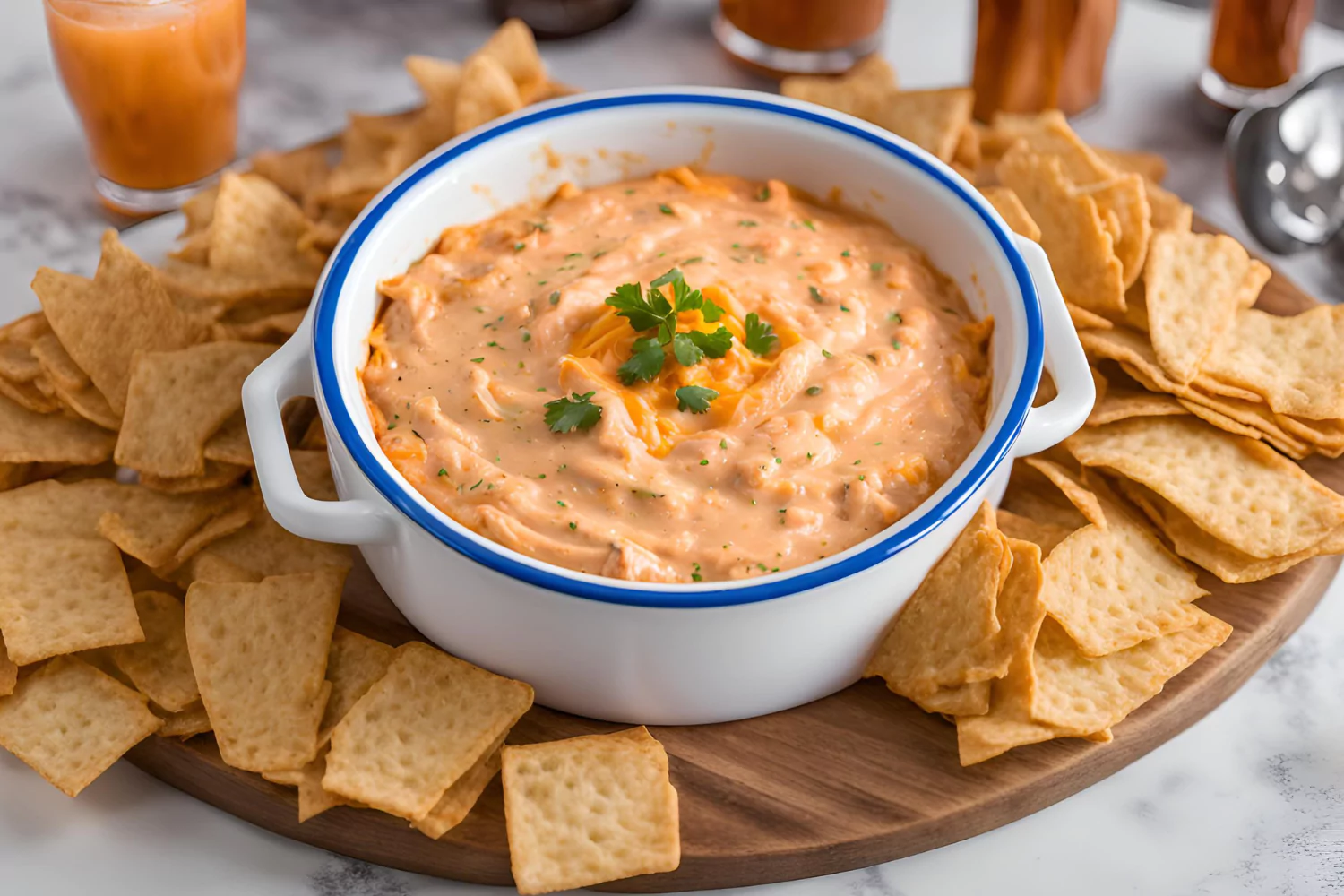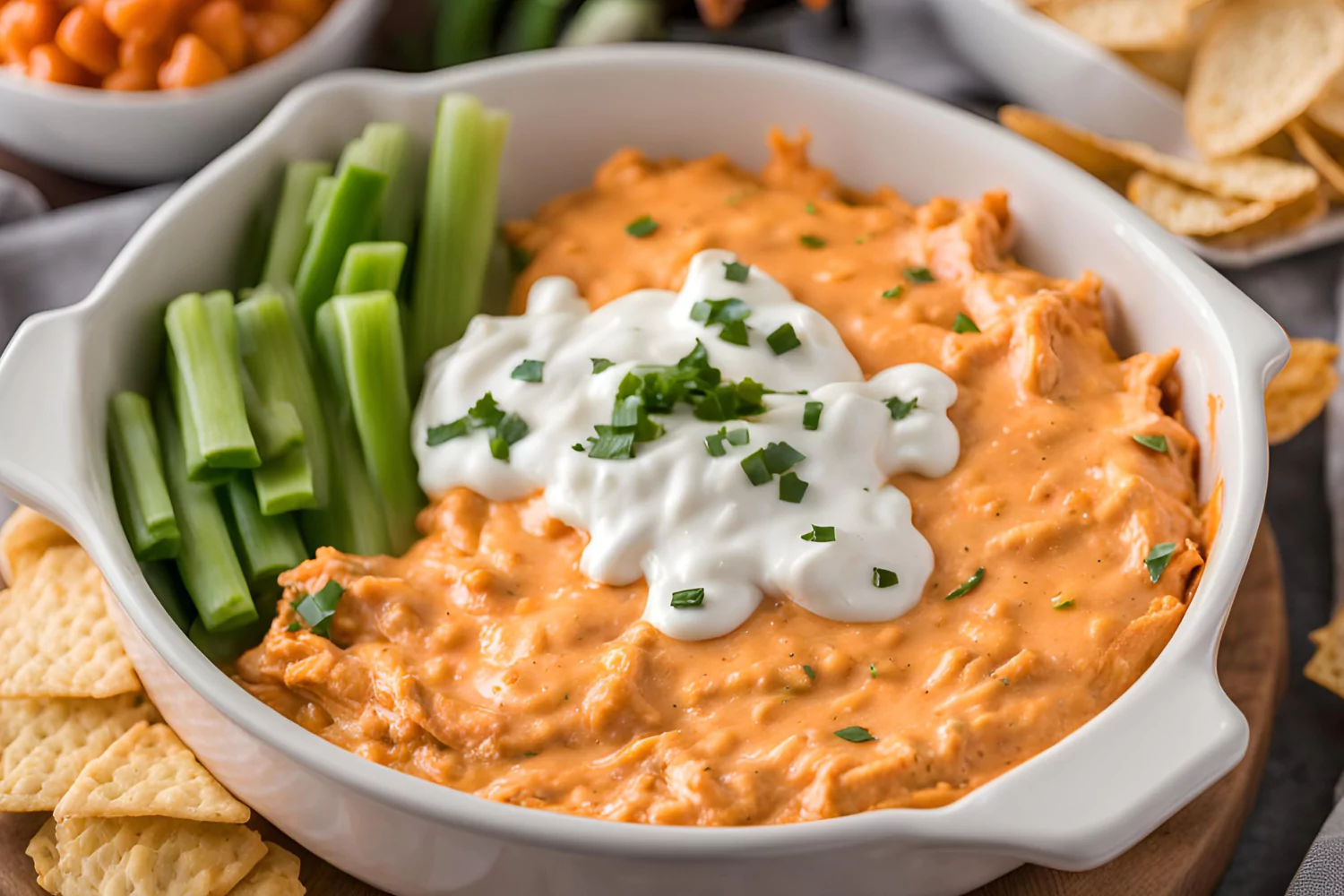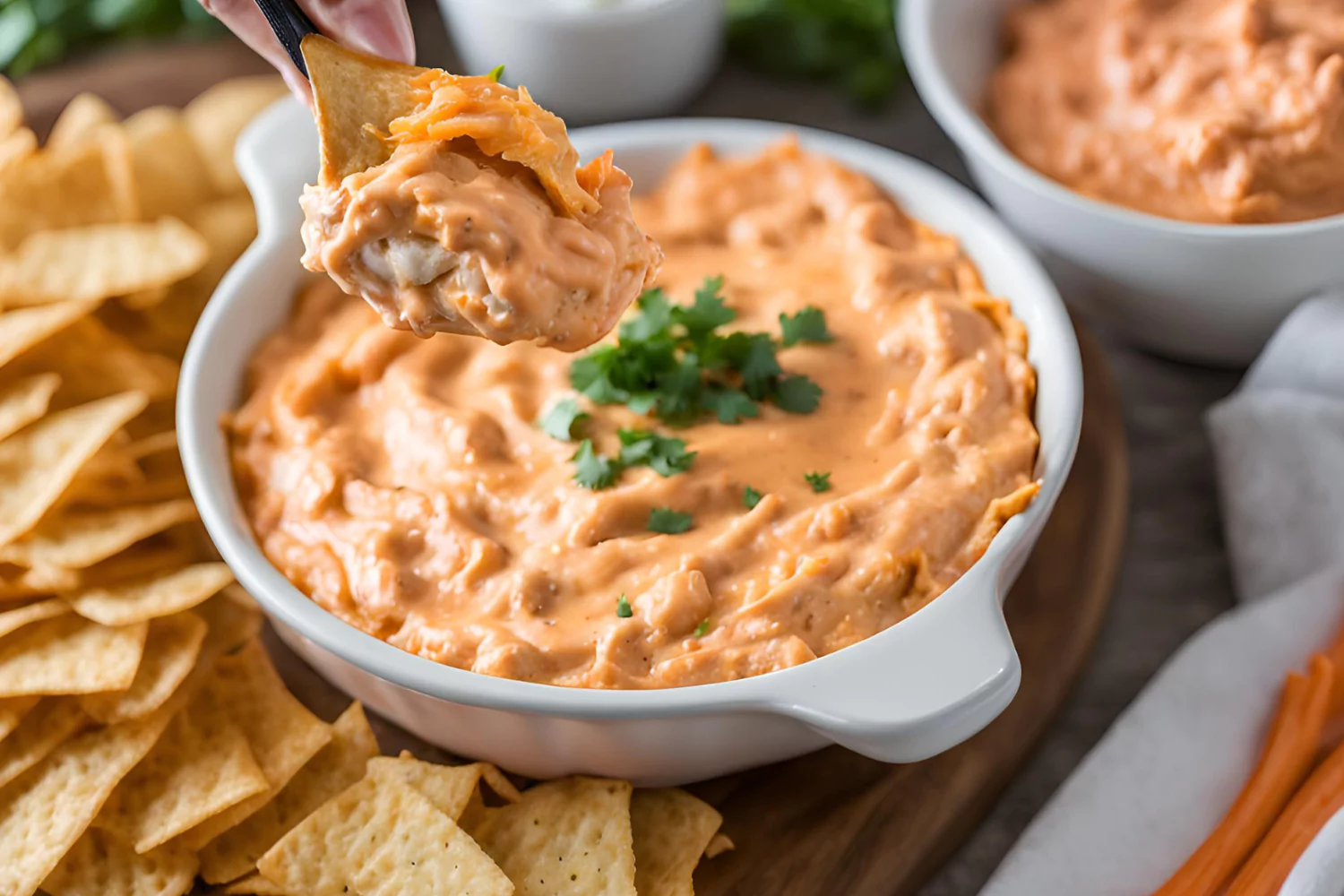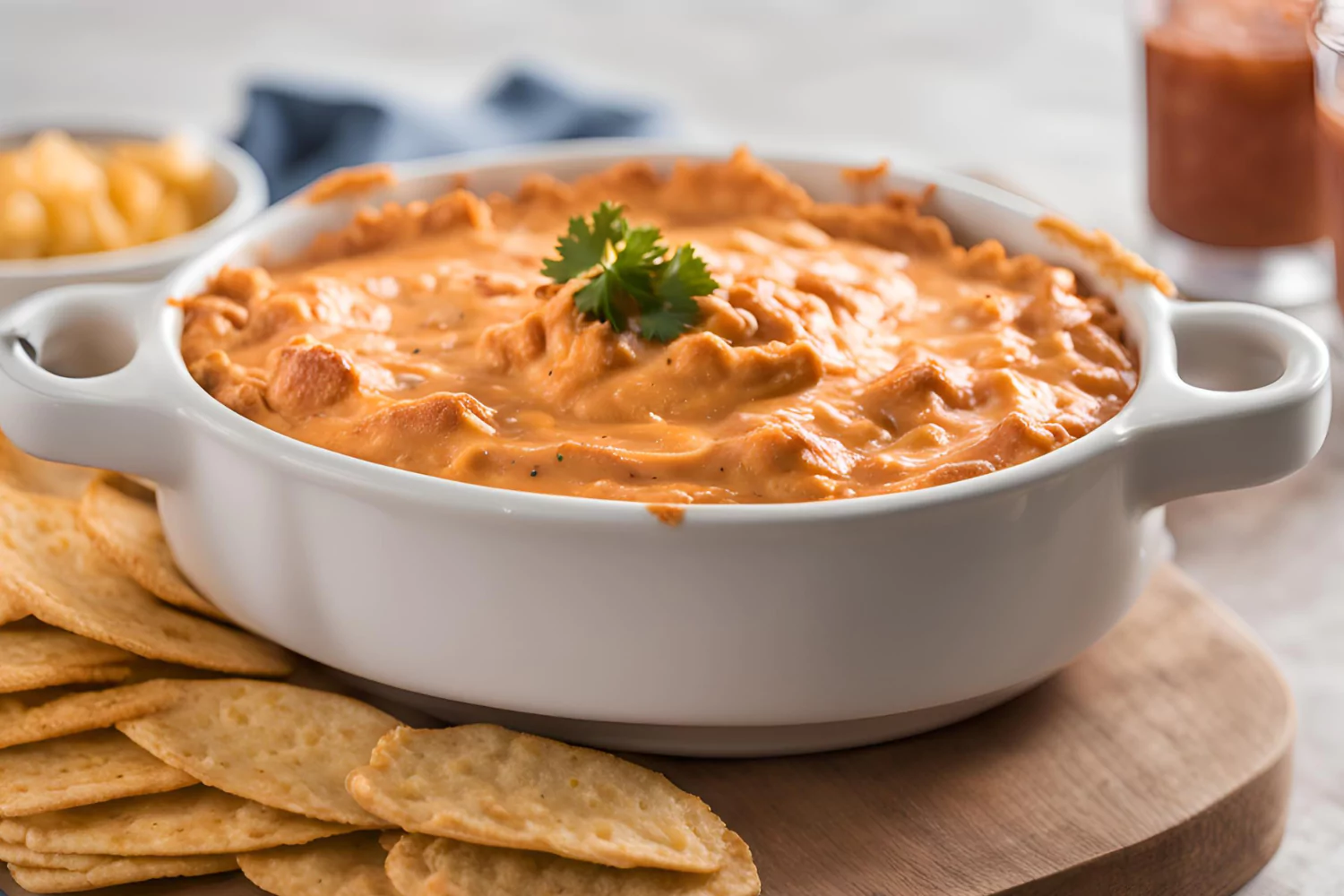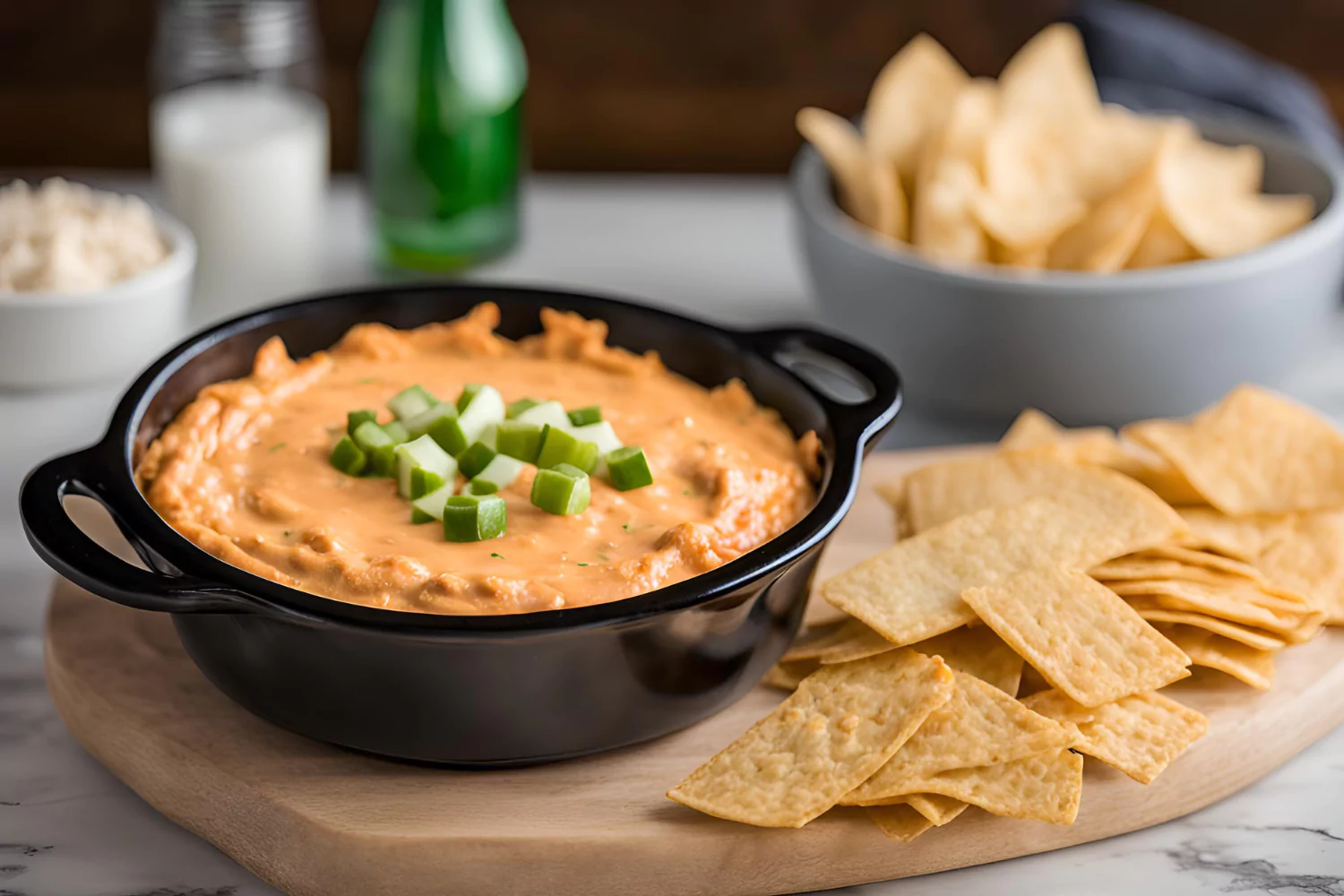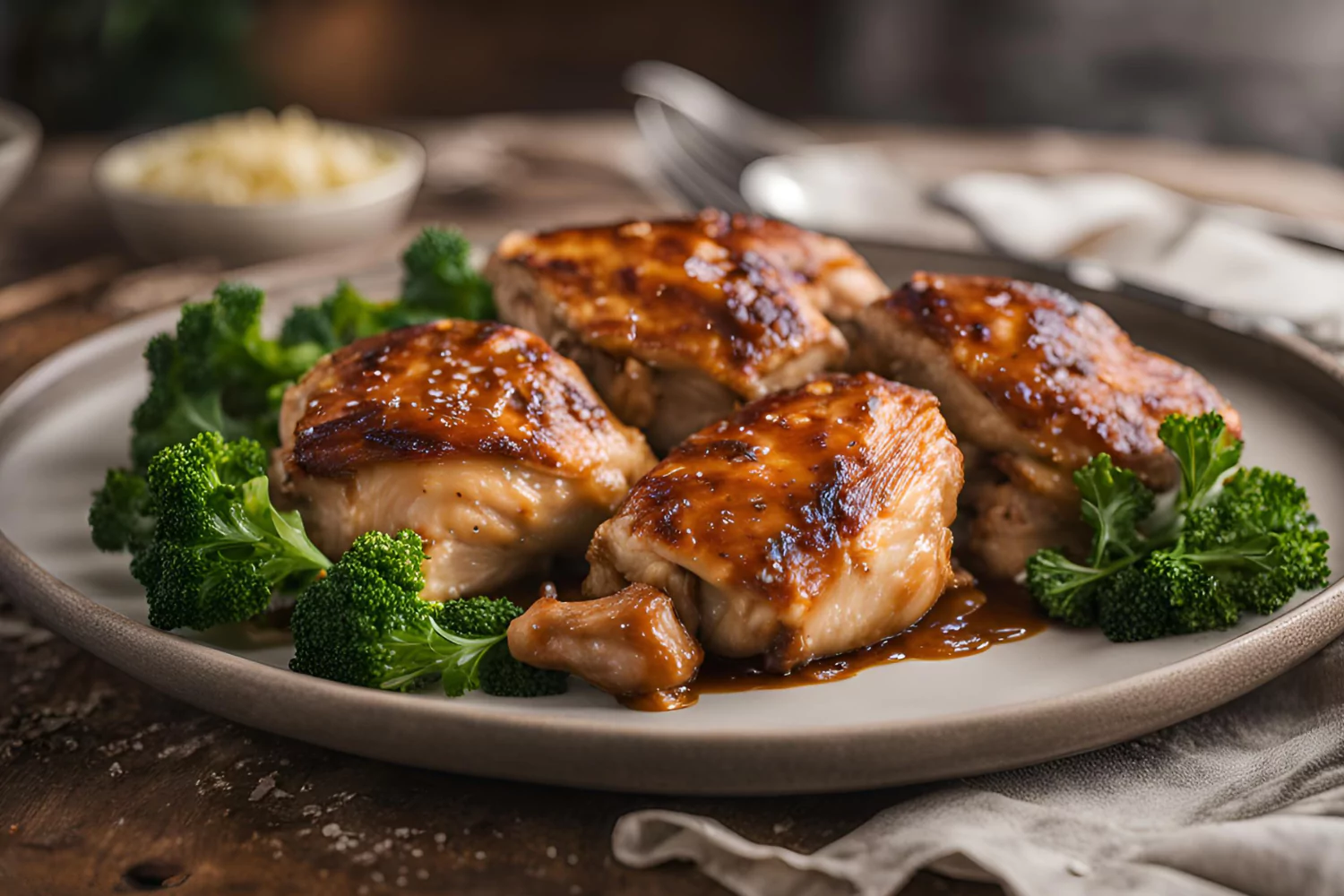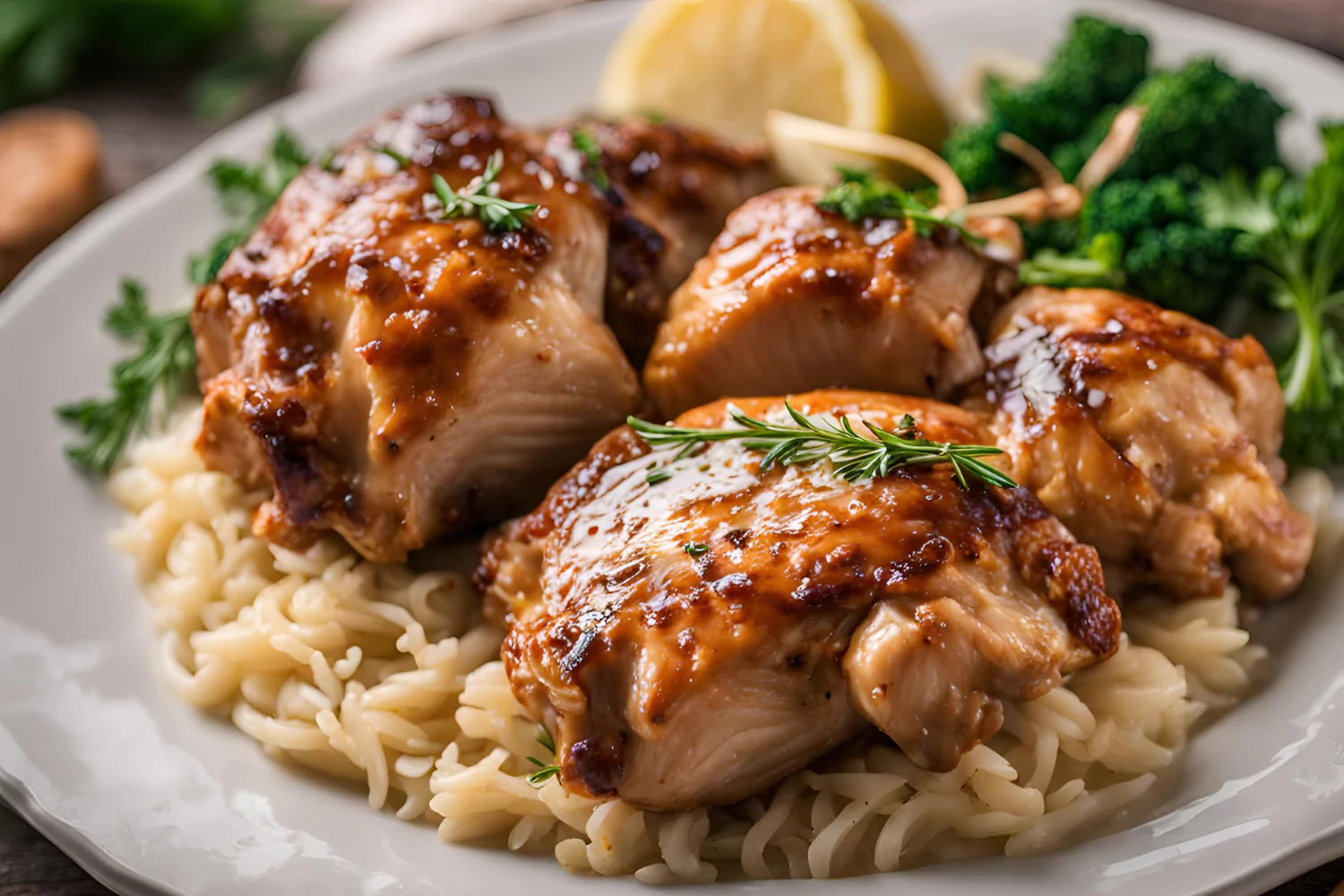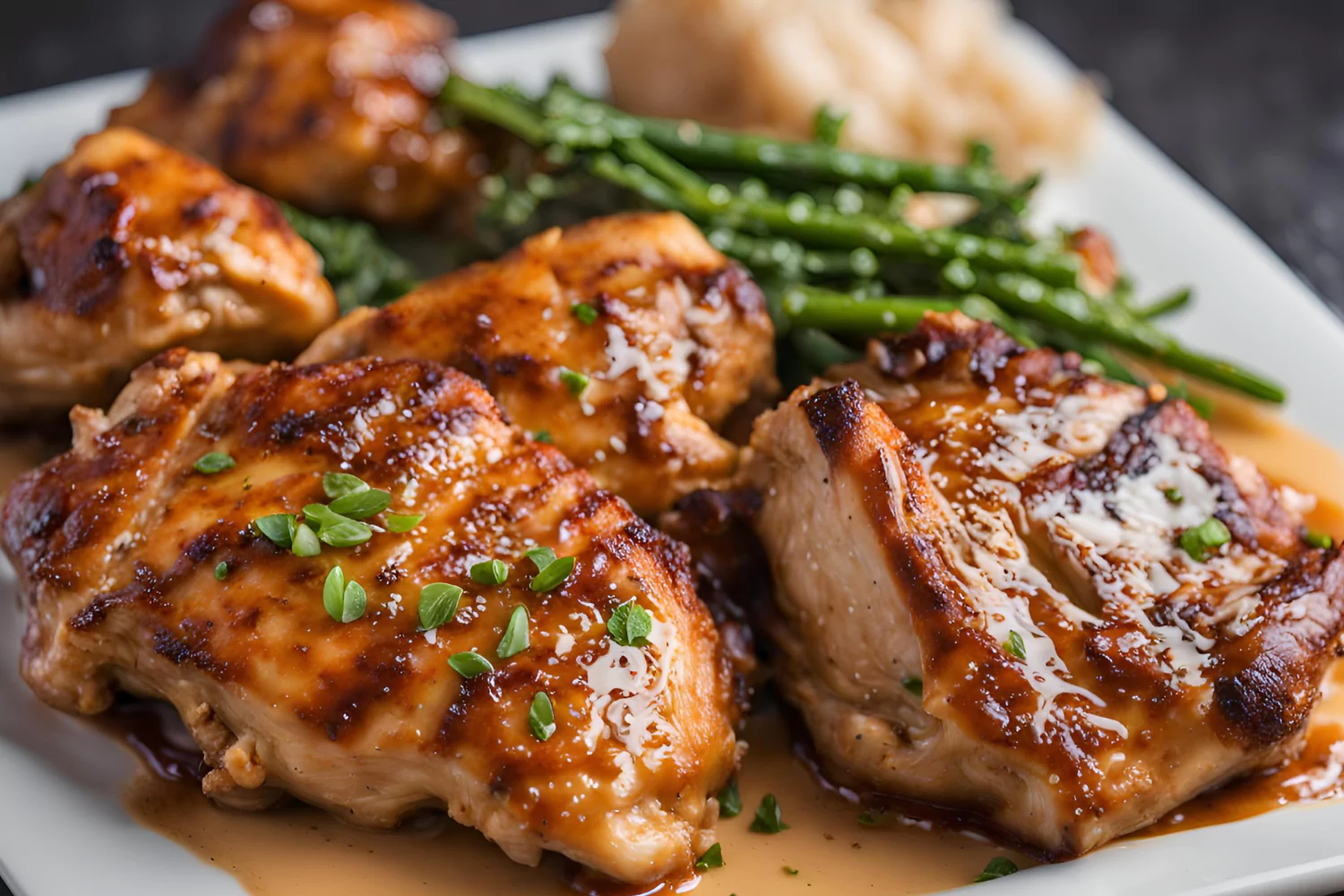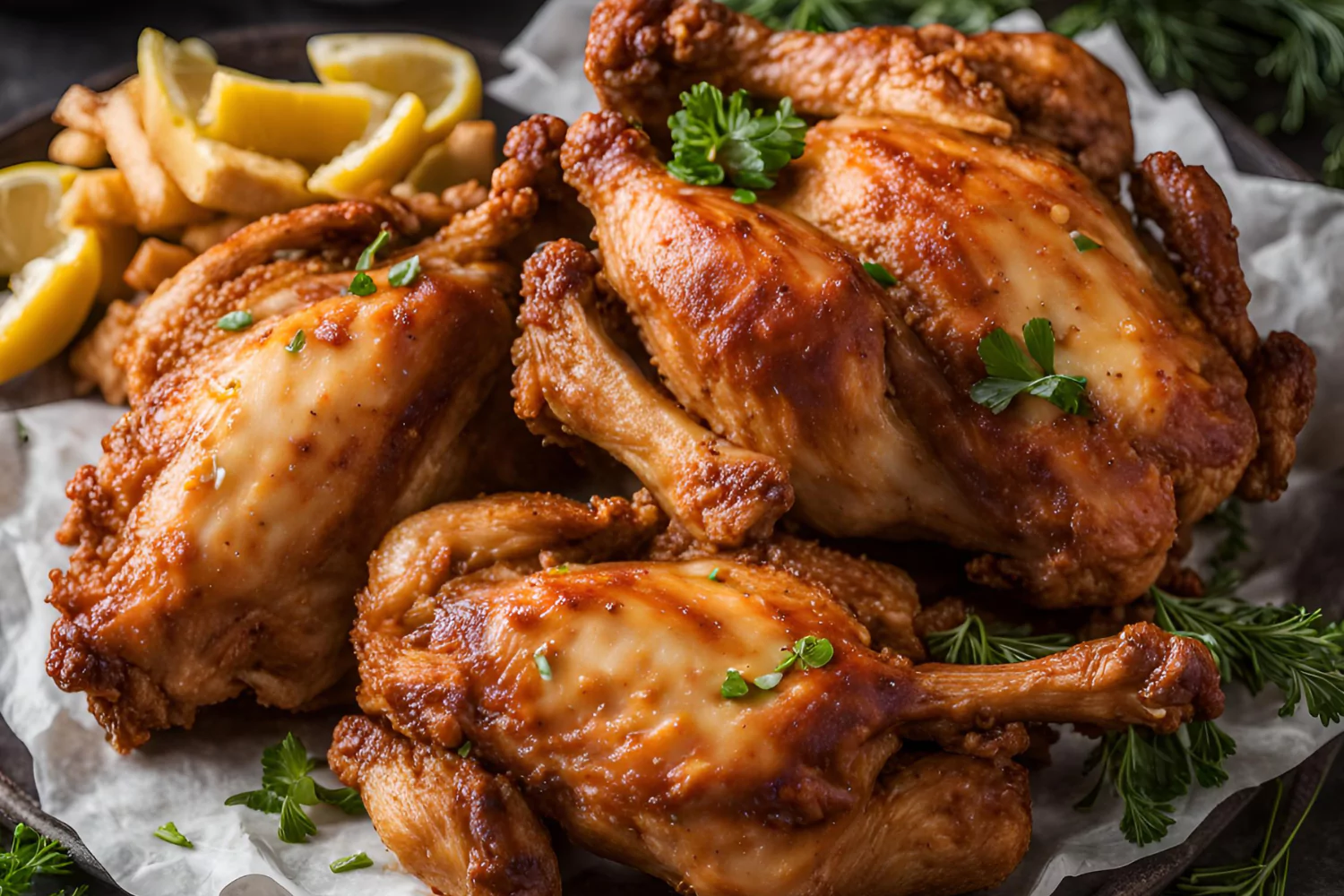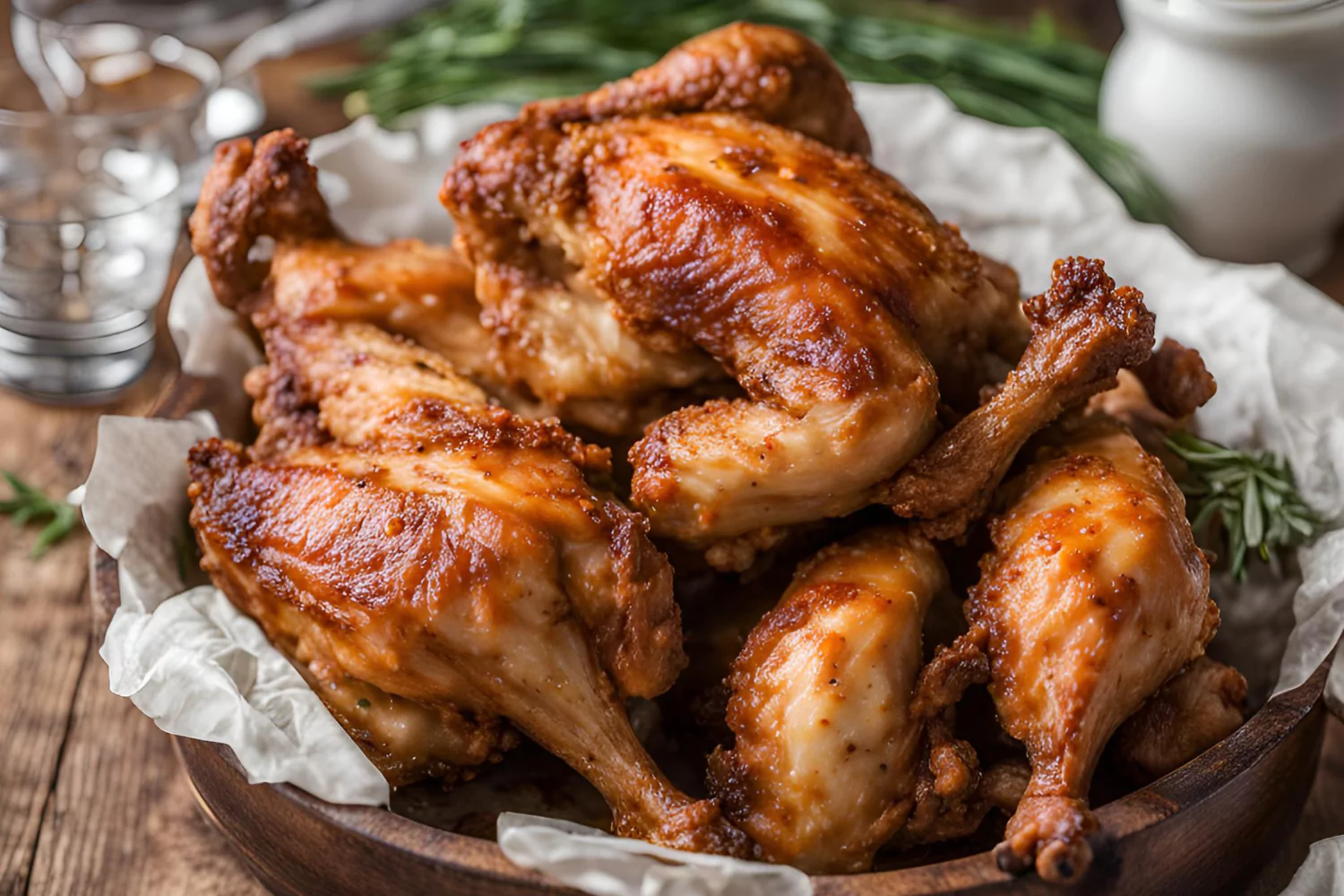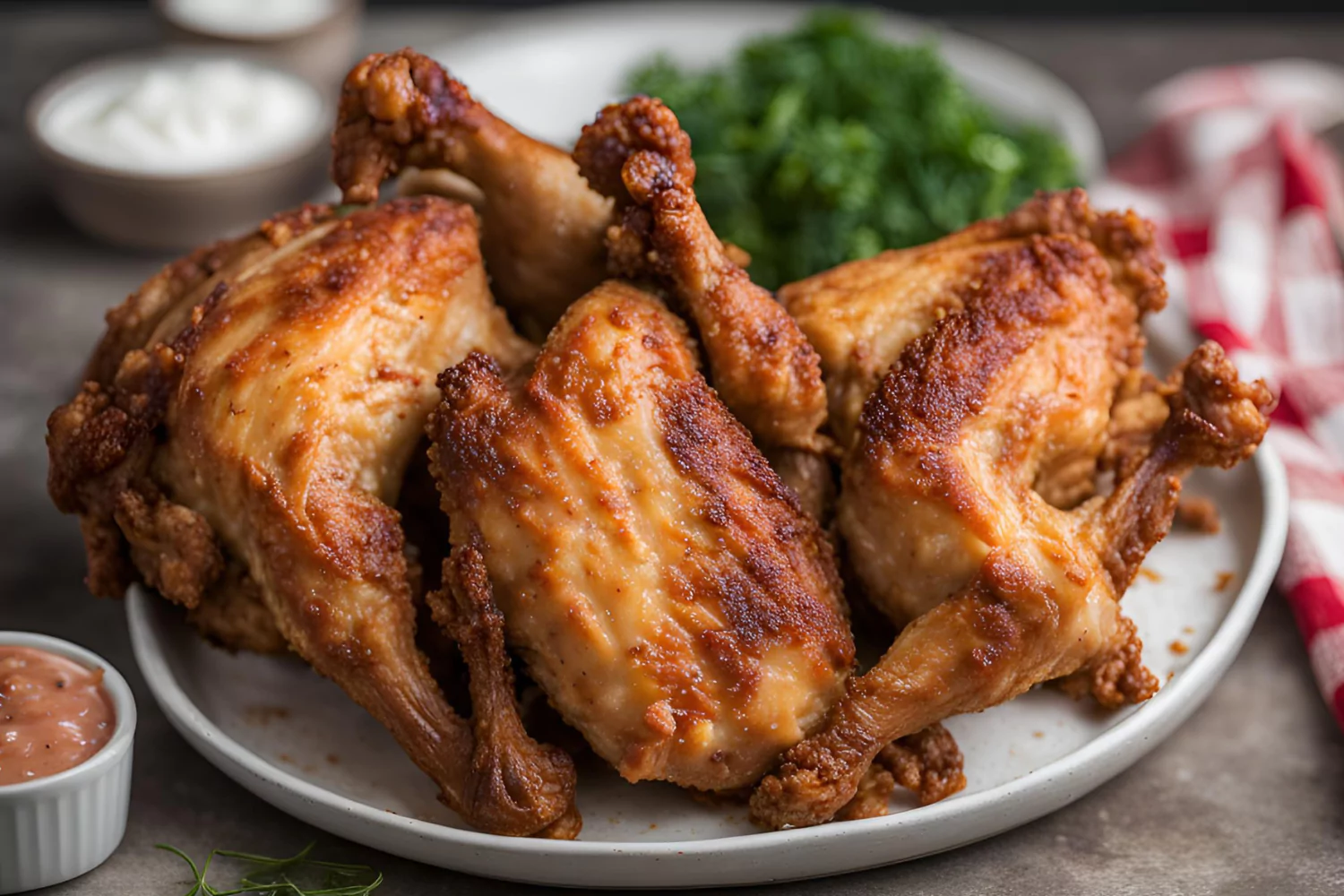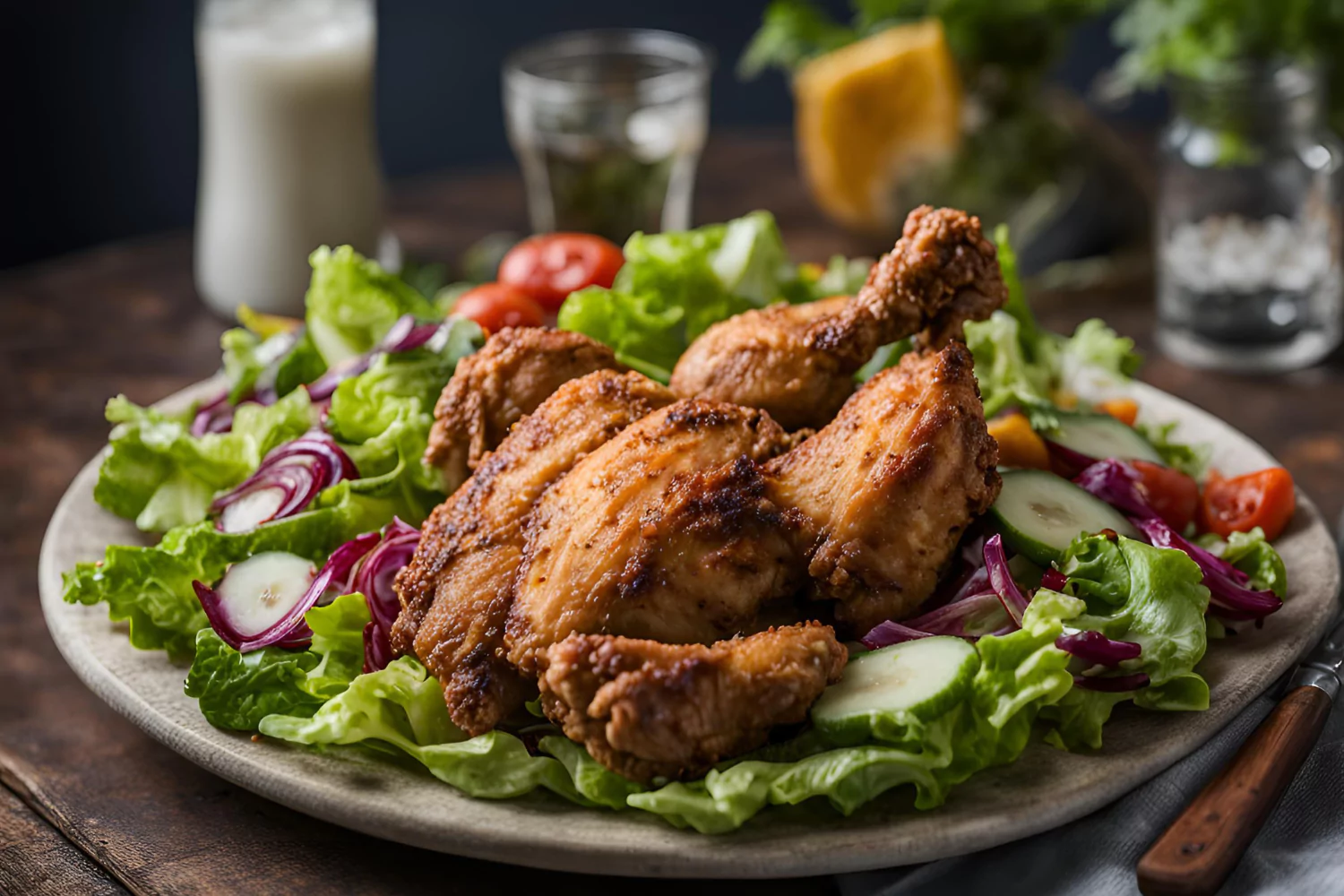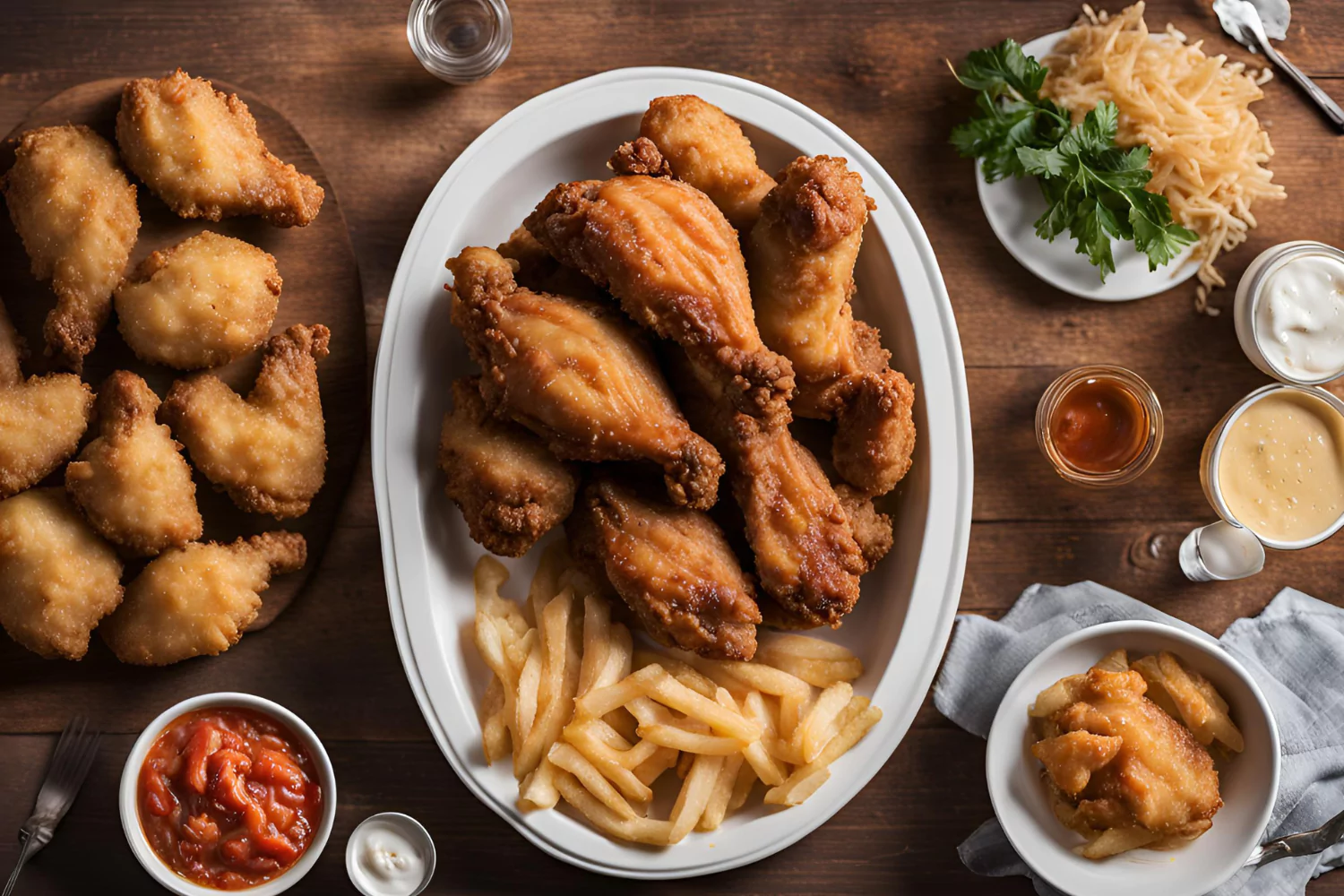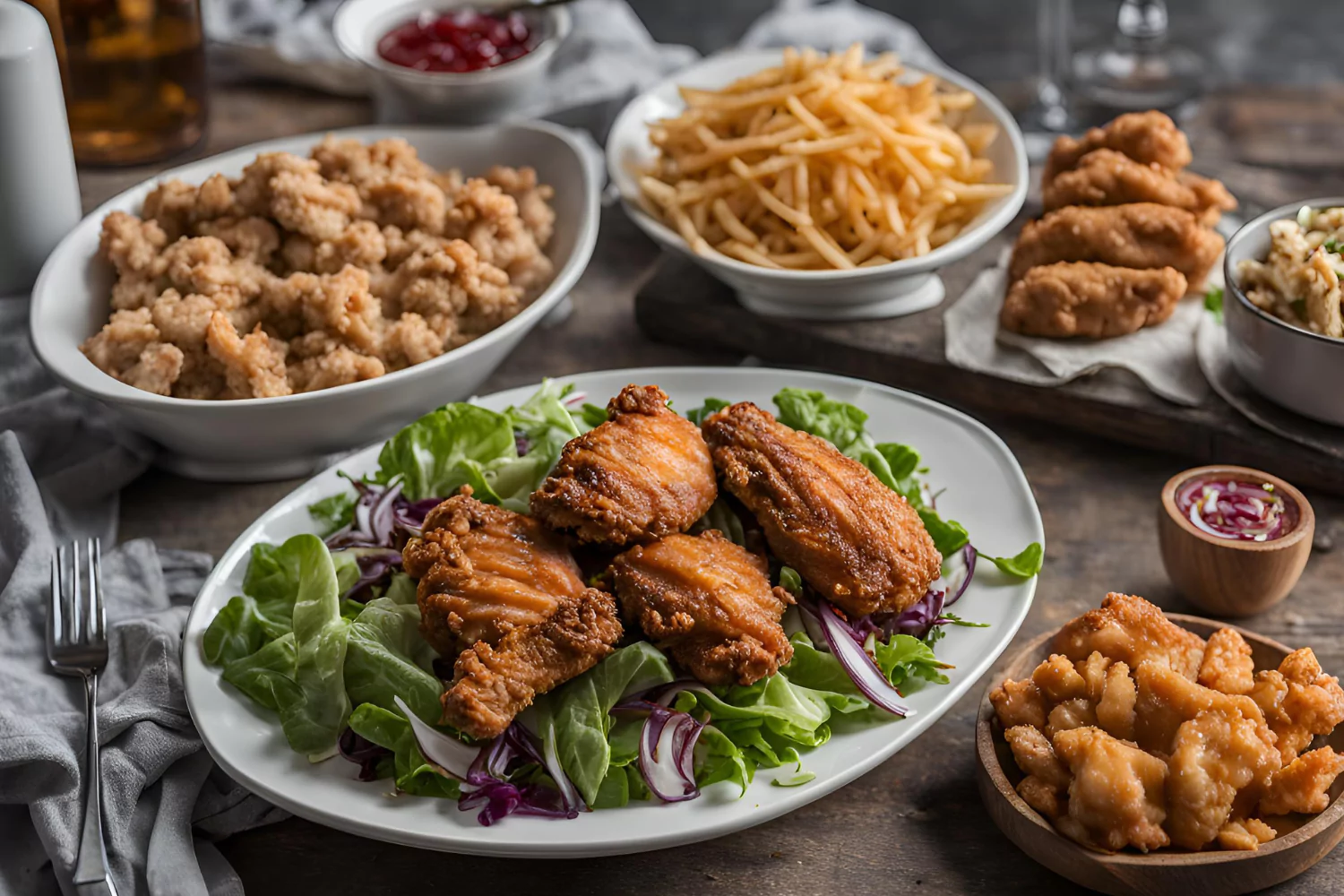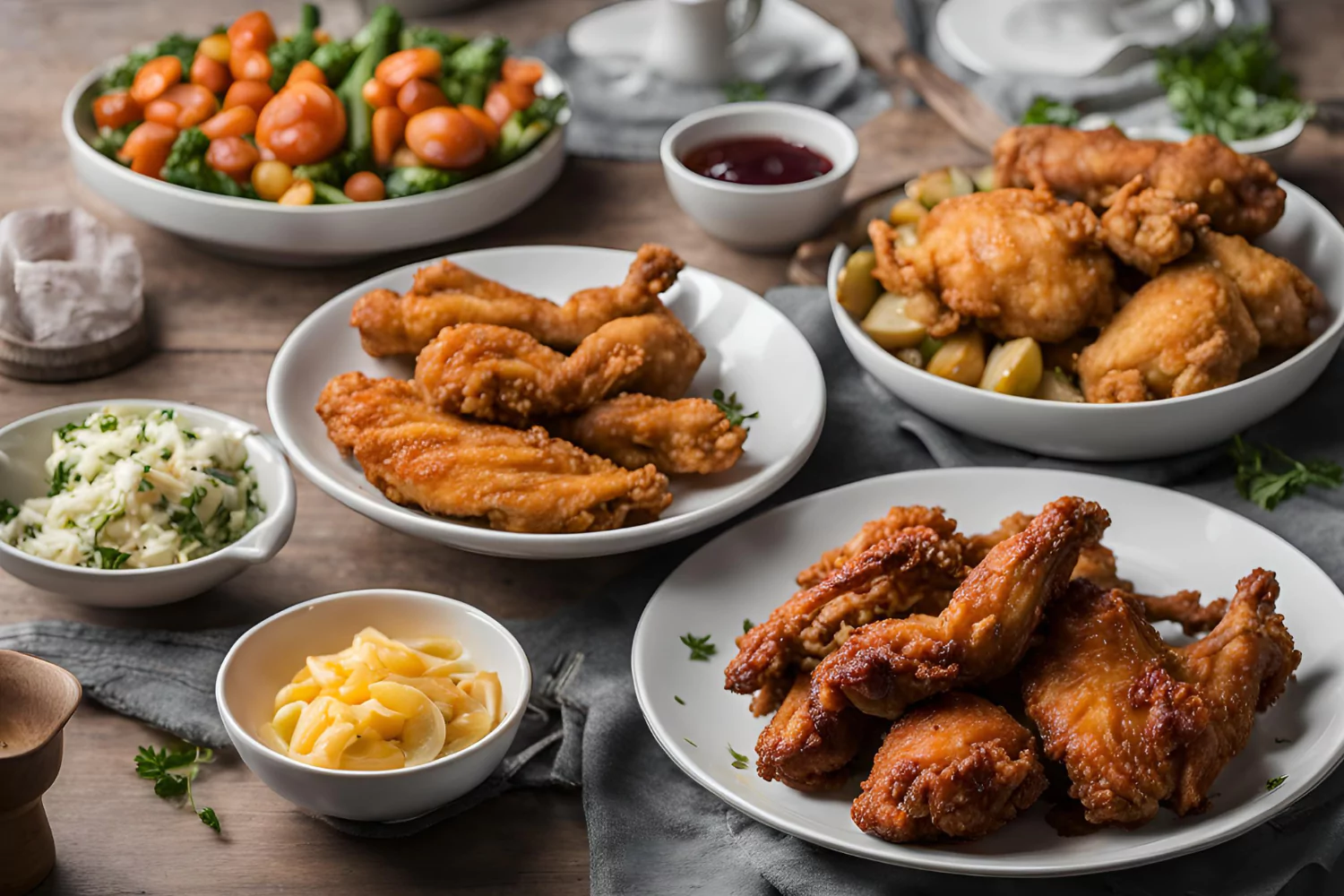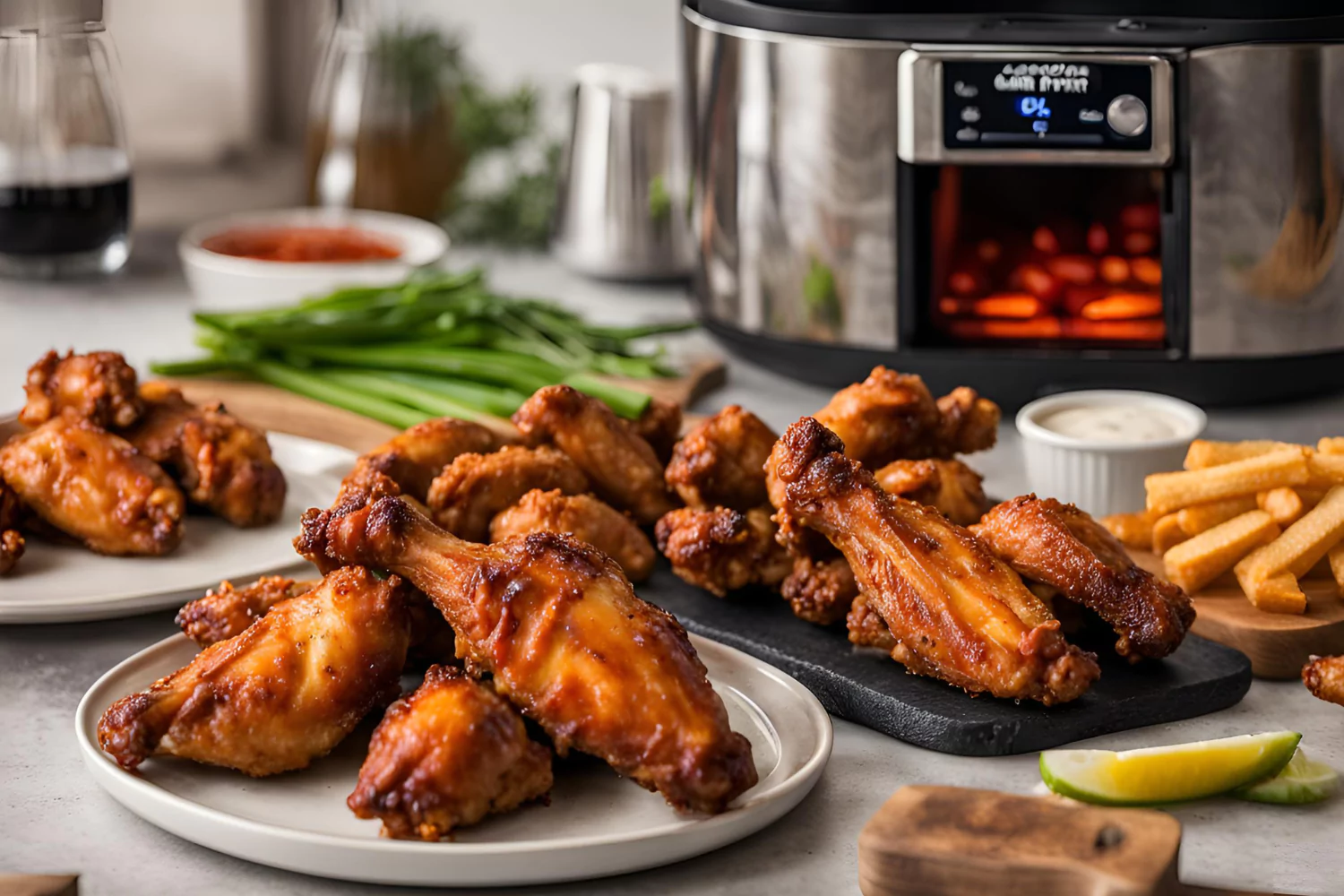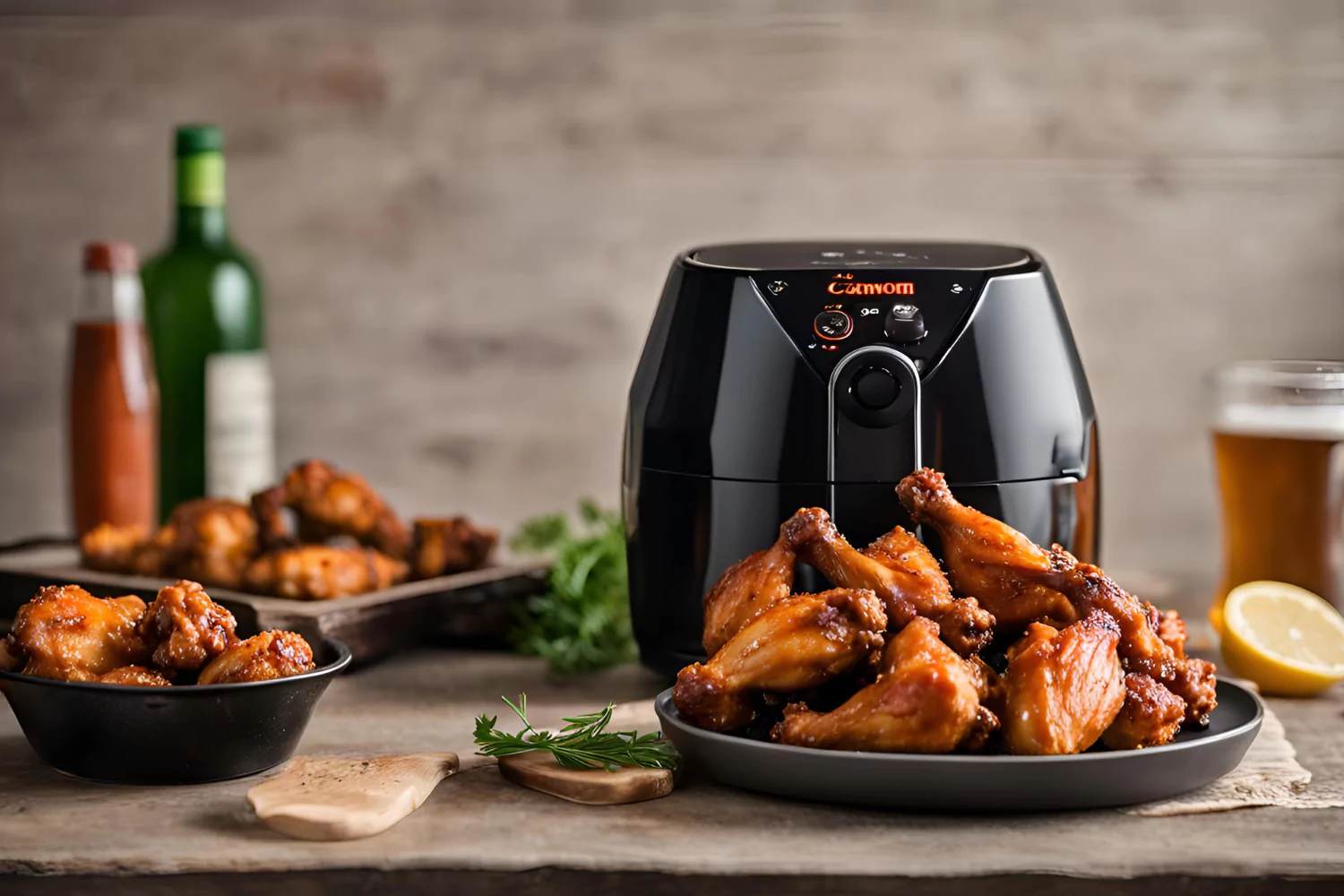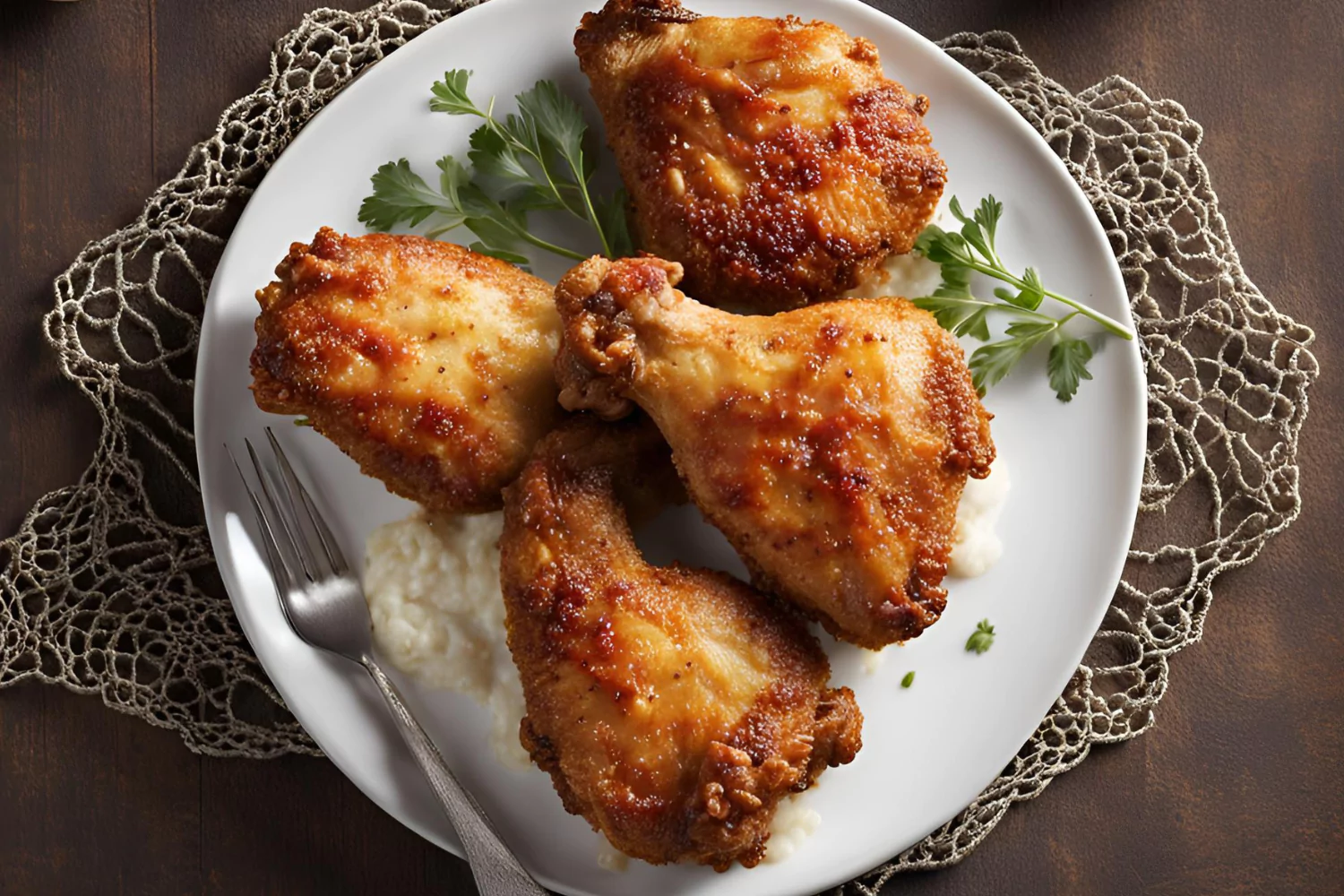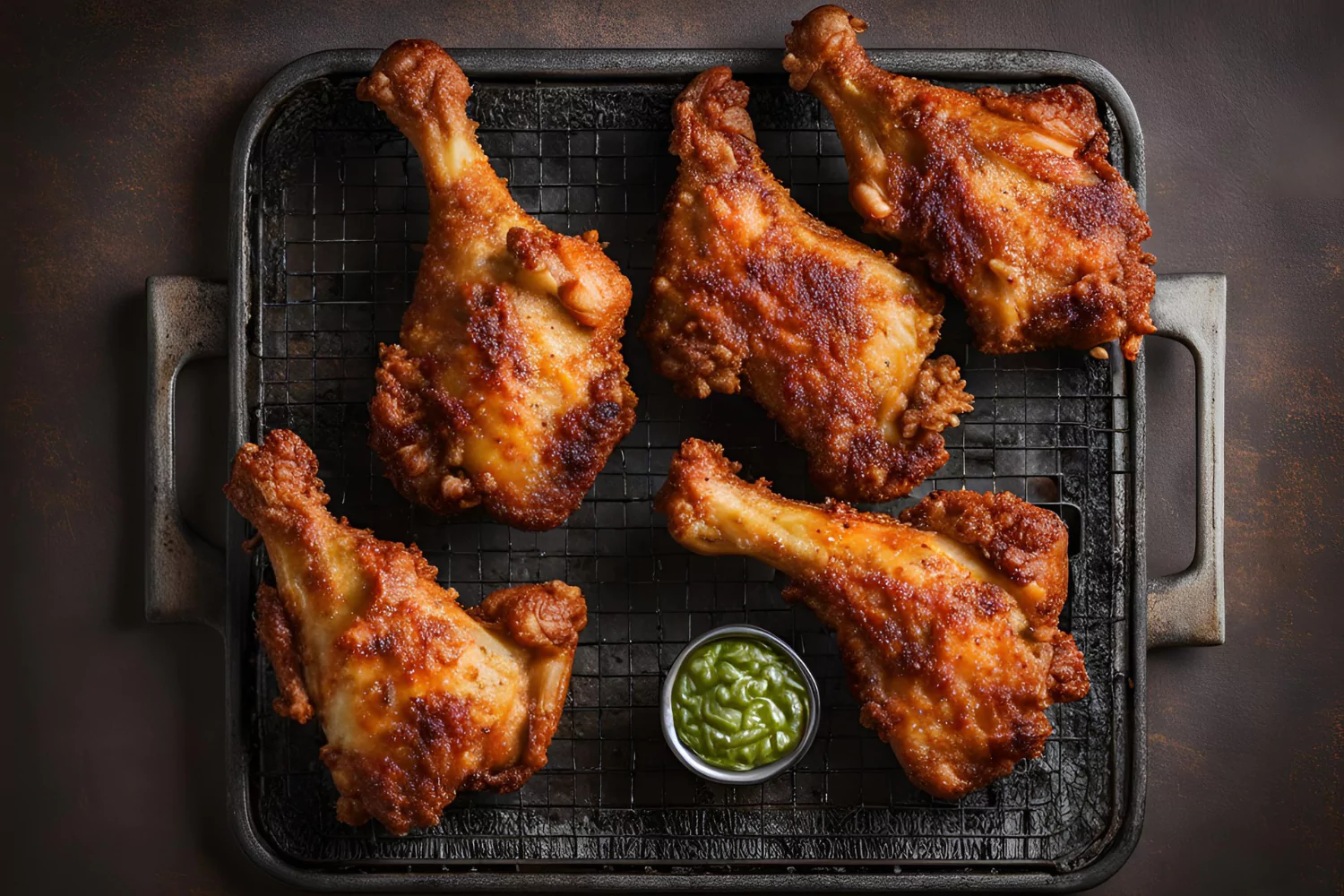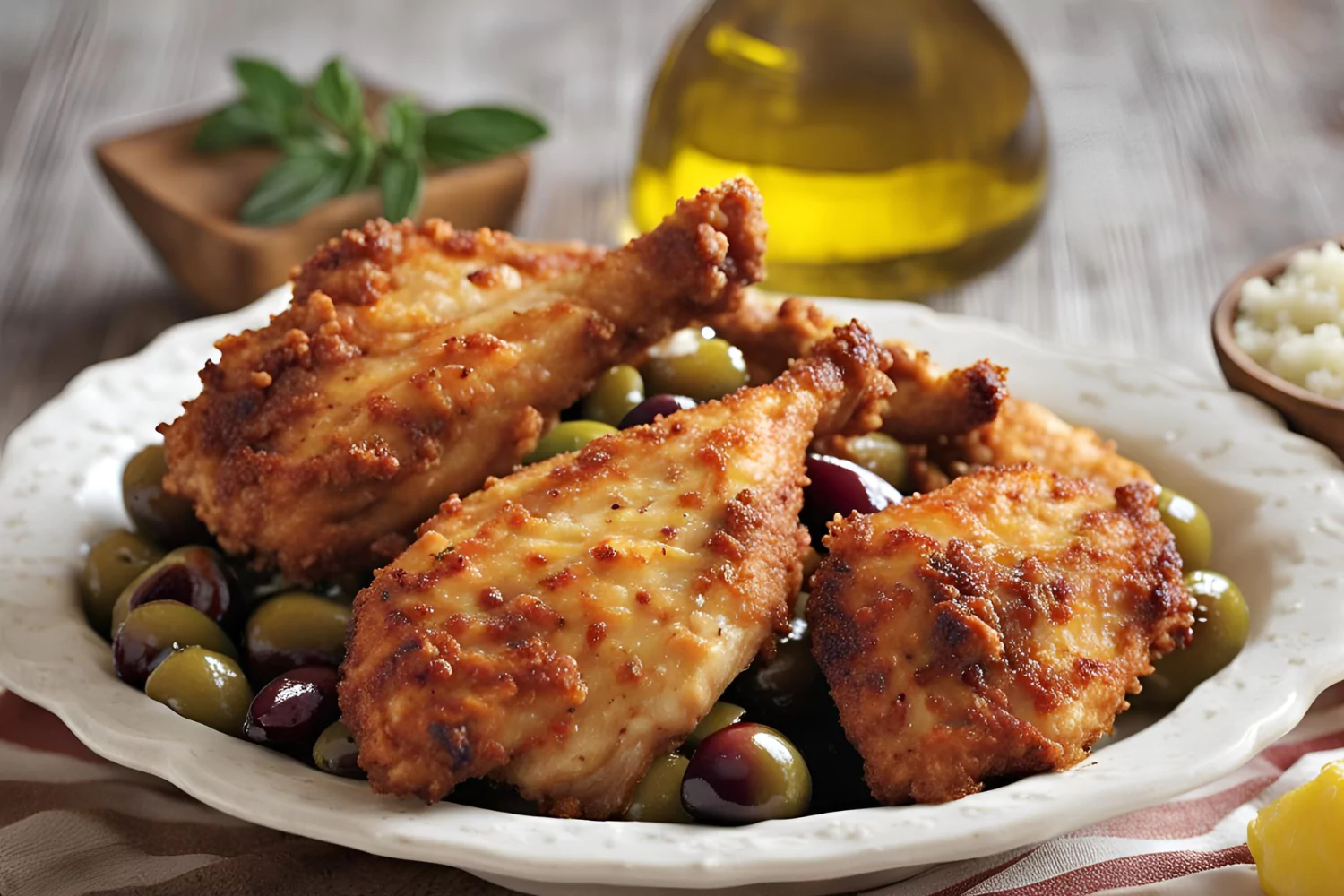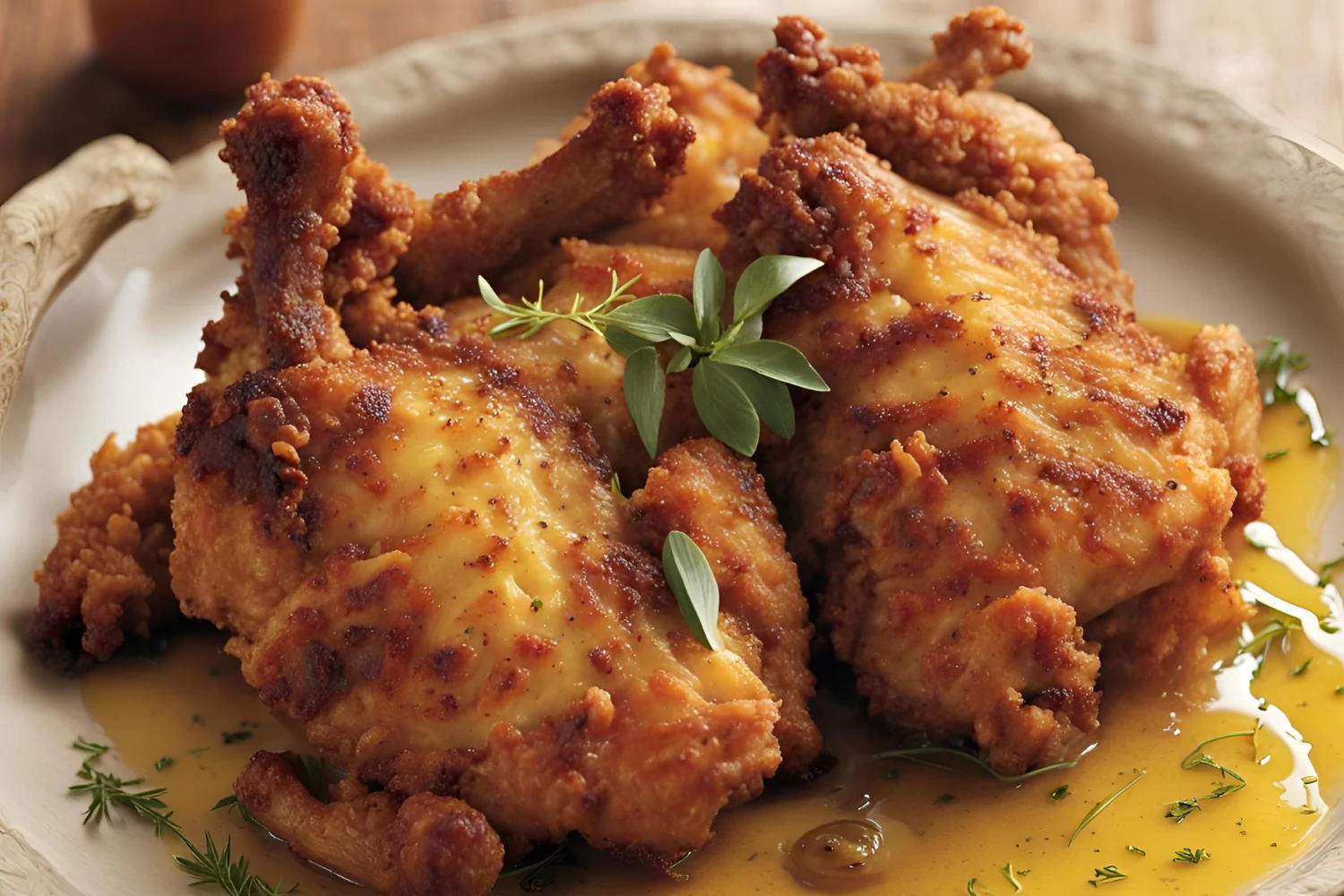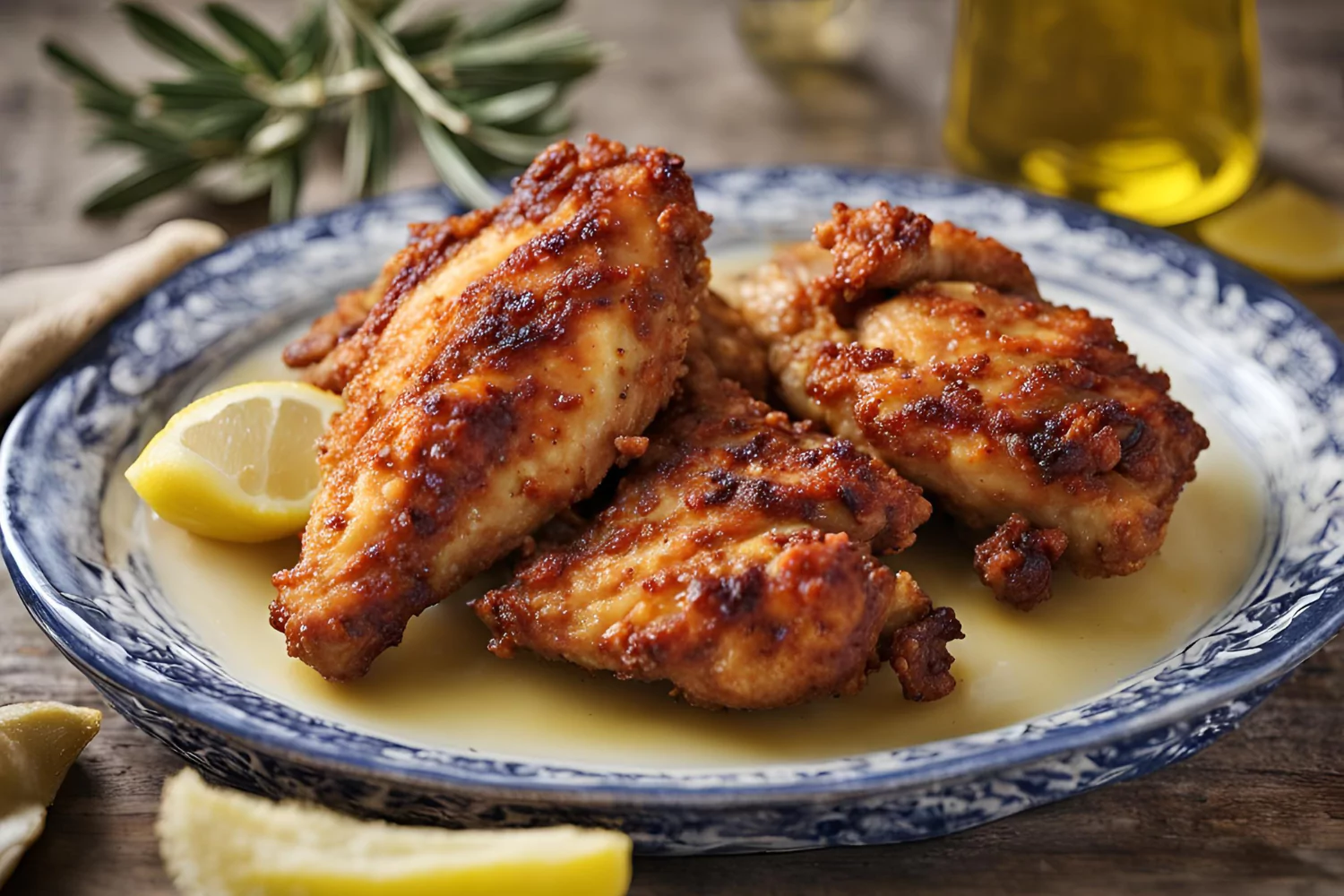When it comes to party appetizers, buffalo chicken dip stands out as a crowd favorite. This spicy, creamy dip is perfect for any occasion, from game nights to family gatherings. But have you ever wondered what goes good with buffalo chicken dip? The right sides and pairings can elevate this dish to a whole new level. In this article, we’ll explore a variety of sides, main course ideas, and beverages that perfectly complement. So, whether you’re hosting a party or just indulging in a snack, you’ll have plenty of delicious options to choose from.
Introduction to Buffalo Chicken Dip
Thanks to its rich, tangy flavor and versatility, it has become a staple at many gatherings. This popular appetizer combines shredded chicken, hot sauce, cream cheese, and a blend of cheeses to create a dish that’s hard to resist. But while the dip itself is delicious, the right pairings can make it even better. From crunchy vegetables to savory chips, there are countless options to enhance your buffalo chicken dip experience.
Buffalo chicken dip pairs beautifully with a variety of sides, making it an incredibly versatile dish. Whether you’re looking for classic accompaniments or creative twists, knowing what goes well with this dip can help you impress your guests and satisfy every palate. So, let’s dive into the best sides and pairings, starting with some traditional favorites.
Traditional Pairings
Classic Sides for Buffalo Chicken Dip
Vegetables
Pairing buffalo chicken dip with fresh vegetables not only adds a healthy touch but also provides a refreshing contrast to the rich, creamy dip. Classic veggie pairings include:
- Celery sticks: Their crisp texture and mild flavor complement the spicy dip perfectly.
- Carrot sticks: Sweet and crunchy, they balance the heat of the dip.
- Bell pepper slices: Colorful and slightly sweet, they add a fun twist.
Vegetables are not only a healthy option but also add a satisfying crunch that contrasts nicely with the creamy dip. Moreover, they are easy to prepare and serve, making them a convenient choice for any event.
Chips and Crackers
Another classic pairing for buffalo chicken dip is chips and crackers. They offer a satisfying crunch and can hold up well to the thick dip. Popular options include:
- Tortilla chips: Their sturdy texture makes them perfect for dipping.
- Pita chips: These provide a slightly different flavor and texture.
- Crackers: Simple and versatile, crackers are a great choice for any occasion.
These crunchy sides not only enhance the dip’s flavors but also add a delightful texture contrast. Moreover, they are easily available and can be served without much preparation.
Bread Options
Bread is another excellent side, offering a soft and chewy texture that complements the dip’s creaminess. Consider these options:
- Sliced baguette: Toasted or fresh, it adds a delightful chewiness.
- Breadsticks: Their long shape makes them perfect for dipping.
Bread provides a satisfying base for the dip and can help balance out its spicy kick. Whether you prefer something crunchy or soft, bread is a versatile and delicious option.
These traditional pairings are tried and true, offering a variety of flavors and textures to enhance your experience. But the possibilities don’t end here. In the next part, we’ll explore some creative pairings that will take your dip to the next level.
Creative Pairings
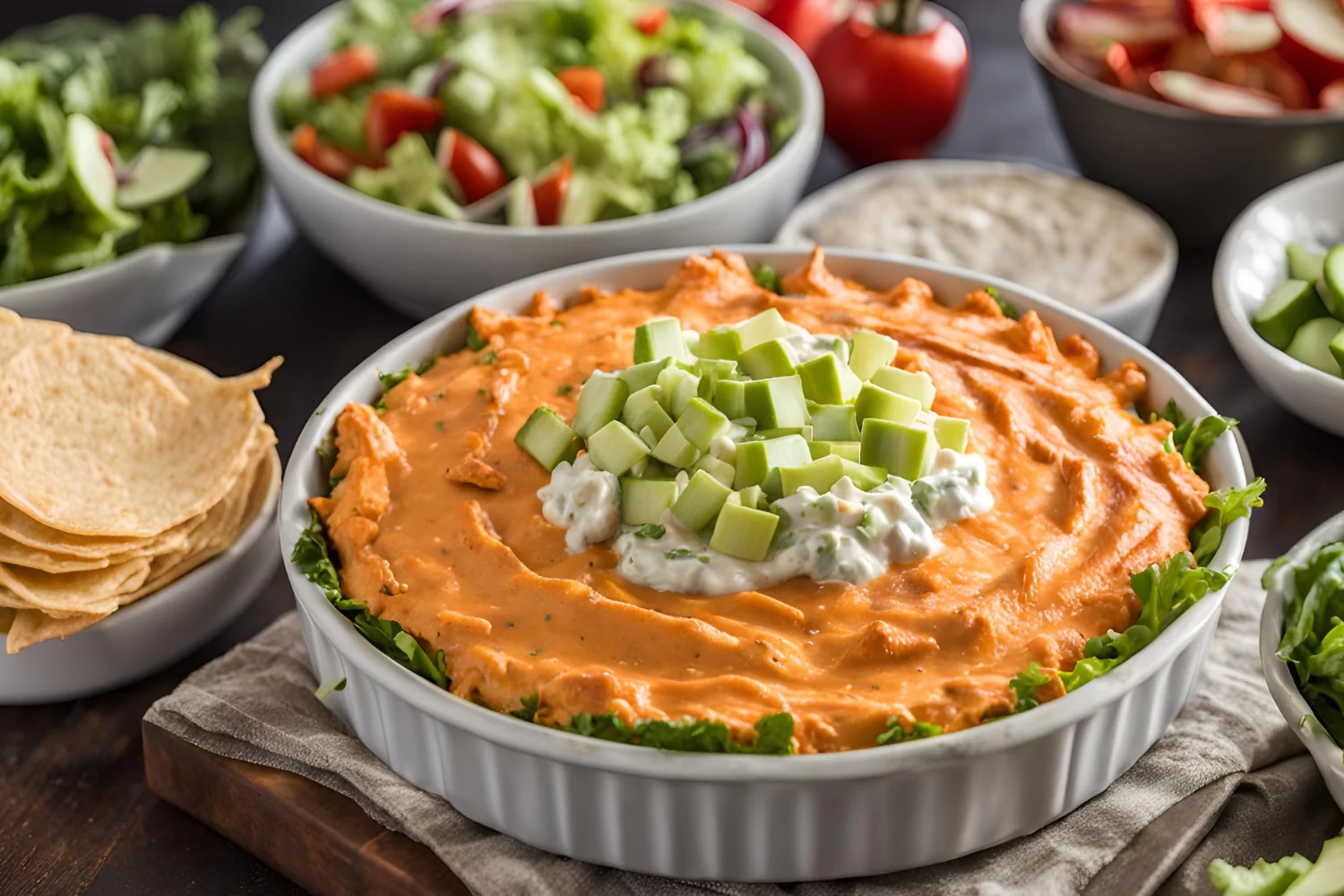
Unique Sides to Pair with Buffalo Chicken Dip
Proteins
While buffalo chicken dip is already packed with protein, adding more can create a heartier and more satisfying snack or meal. Here are some unique protein pairings:
- Chicken wings: Double down on the chicken with some crispy wings on the side. They complement the dip’s flavor perfectly.
- Coconut shrimp: The sweetness of coconut shrimp pairs wonderfully with the spicy dip, creating a delightful contrast.
These protein options not only enhance the dip but also provide additional substance, making your spread more filling and enjoyable.
Alternative Chips
If you’re looking for a twist on traditional chips, consider these alternative options. They bring different flavors and textures to the table:
- Sweet potato chips: Their natural sweetness balances the heat of the dip and adds a unique flavor.
- Plantain chips: Slightly sweet and crunchy, these chips offer a tropical touch to your experience.
Alternative chips provide a refreshing change from regular tortilla or pita chips, adding new and exciting elements to your appetizer spread.
Fruits
Fruits might not be the first thing that comes to mind when thinking about what goes good with buffalo chicken dip, but they can add a refreshing and sweet contrast:
- Apple slices: Crisp and sweet, they complement the spicy dip surprisingly well.
Including fruits as a side can balance out the heat and richness of the dip, offering a lighter, refreshing option for guests.
Main Course Ideas
Turning Buffalo Chicken Dip into a Meal
Sandwiches and Wraps
Transforming into a main course is easier than you might think. Here are some delicious ideas:
- Buffalo chicken dip wraps: Spread the dip on a tortilla, add some lettuce and veggies, and roll it up for a quick and tasty meal.
- Buffalo chicken dip sliders: Use slider buns and top them with the dip, shredded lettuce, and a drizzle of ranch dressing.
These handheld options are perfect for a quick lunch or a more substantial snack, making them the star of your meal.
Salads
If you’re looking for a lighter option, incorporating buffalo chicken dip into a salad is a great choice:
- Buffalo chicken salad: Mix the dip with fresh greens, cherry tomatoes, cucumbers, and a light vinaigrette for a flavorful and satisfying salad.
This salad is not only delicious but also a healthier way to enjoy the bold flavors.
Casseroles
For a comforting and hearty meal, consider turning your dip into a casserole:
- Buffalo chicken dip casserole: Layer the dip with cooked pasta or rice, top with cheese, and bake until bubbly.
This casserole is perfect for feeding a crowd or enjoying as a cozy dinner on a cold night.
To explore more about the nutritional aspects, you can visit the Food Facts: Buffalo Chicken Dip page.
Beverage Pairings
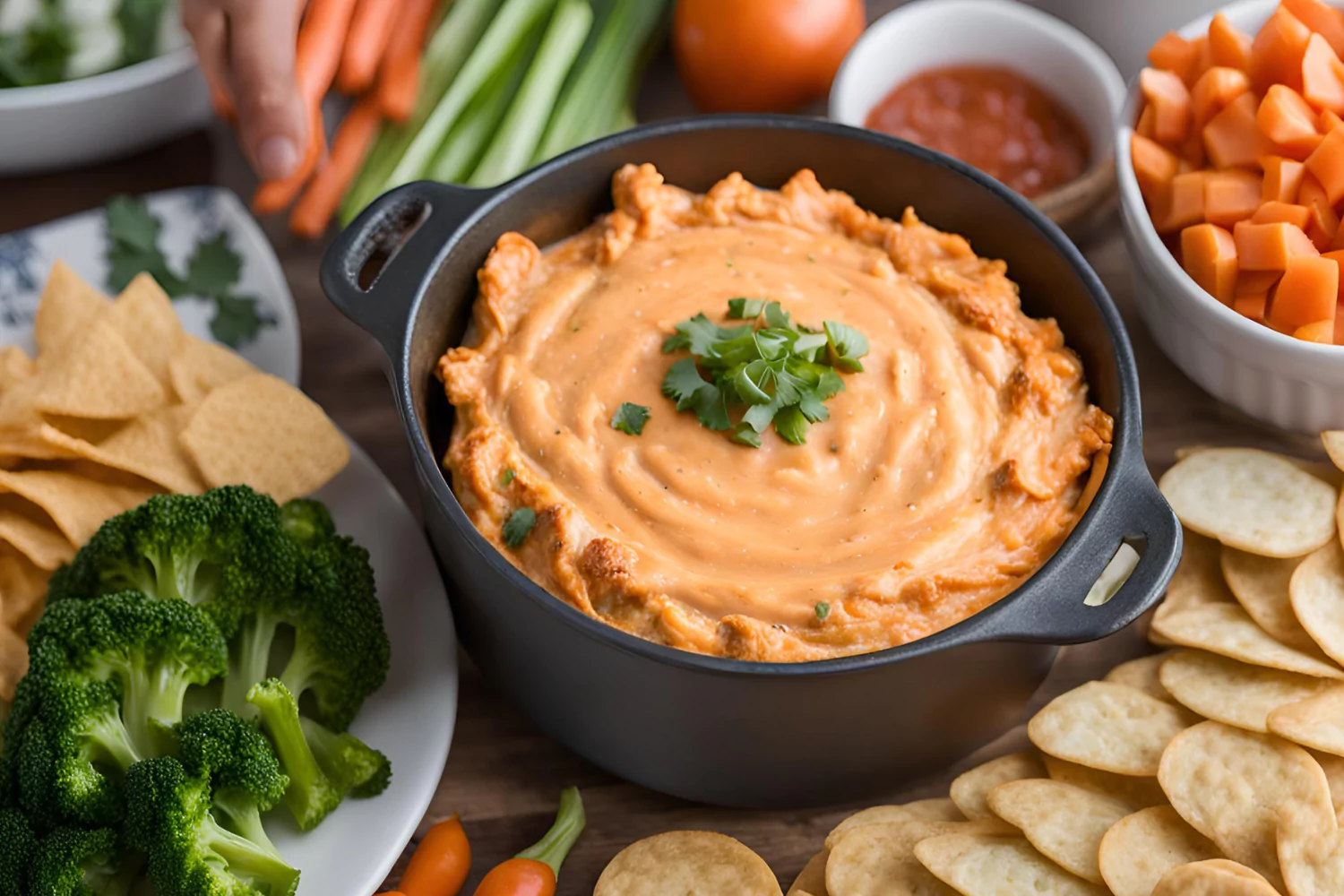
Best Drinks to Pair with Buffalo Chicken Dip
Non-Alcoholic Beverages
While alcoholic beverages like beers are often paired with buffalo chicken dip, non-alcoholic options can be just as refreshing:
- Lemonade: Its tartness helps cut through the richness of the dip.
- Iced tea: A classic choice that pairs well with almost any meal.
These drinks not only complement the flavors of the dip but also provide a refreshing counterpoint to its spiciness.
Recipes and How-Tos
Popular Buffalo Chicken Dip Recipes
Traditional Recipe
For those who love the classic taste, here’s a traditional recipe:
- Ingredients: Shredded chicken, hot sauce, cream cheese, ranch dressing, shredded cheese.
- Instructions: Mix all ingredients, bake until bubbly.
This straightforward recipe delivers the creamy, spicy flavor that has made buffalo chicken dip a favorite.
Crockpot Recipe
If you prefer a hands-off approach, a crockpot version is perfect:
- Ingredients: Same as traditional recipe.
- Instructions: Combine all ingredients in a crockpot, cook on low for several hours.
The crockpot method is convenient and ensures the dip is always ready to serve.
Healthy Recipe
For a lighter version, try this healthy buffalo chicken dip recipe:
- Ingredients: Shredded chicken, Greek yogurt, hot sauce, low-fat cream cheese, light ranch dressing.
- Instructions: Mix all ingredients, bake until bubbly.
This healthier take retains all the flavor while reducing the calorie content.
Dipping Techniques and Serving Tips
How to Serve and Enjoy Buffalo Chicken Dip
Dipping Techniques
While enjoying buffalo chicken dip, the way you dip can enhance the experience. Here are some tips:
- Scoop and Twirl: For chunky ingredients, use a sturdy chip or vegetable stick to scoop a generous portion, then twirl slightly to secure the dip.
- Double Dip: When using long vegetables like celery or carrot sticks, consider double dipping by flipping the stick to use the clean end.
- Layered Dips: If serving with bread or sliders, layer the dip with other ingredients like lettuce or tomatoes for added flavor and texture.
These techniques ensure that each bite is flavorful and satisfying, making the most out of your dip.
Presentation Tips
Presentation matters, especially when serving buffalo chicken dip at gatherings. Here are some ways to make it look as good as it tastes:
- Serve in a Bread Bowl: Hollow out a round loaf of bread and fill it with the dip for an eye-catching presentation.
- Garnish with Herbs: Sprinkle chopped green onions or parsley on top for a pop of color and freshness.
- Use Decorative Platters: Arrange your dipping sides around the dip on a large, colorful platter to make it visually appealing.
These presentation tips will make your buffalo chicken dip the star of the table, impressing guests with both flavor and appearance.
Temperature Tips
Serving the dip at the right temperature is crucial for maintaining its texture and flavor:
- Keep It Warm: Use a small slow cooker or chafing dish to keep the dip warm throughout the event.
- Reheat Gently: If the dip cools down, reheat it gently in the oven or microwave, stirring occasionally to maintain its creamy consistency.
Ensuring the dip is served warm will keep it deliciously creamy and inviting, enhancing the overall experience.
Additional Serving Ideas
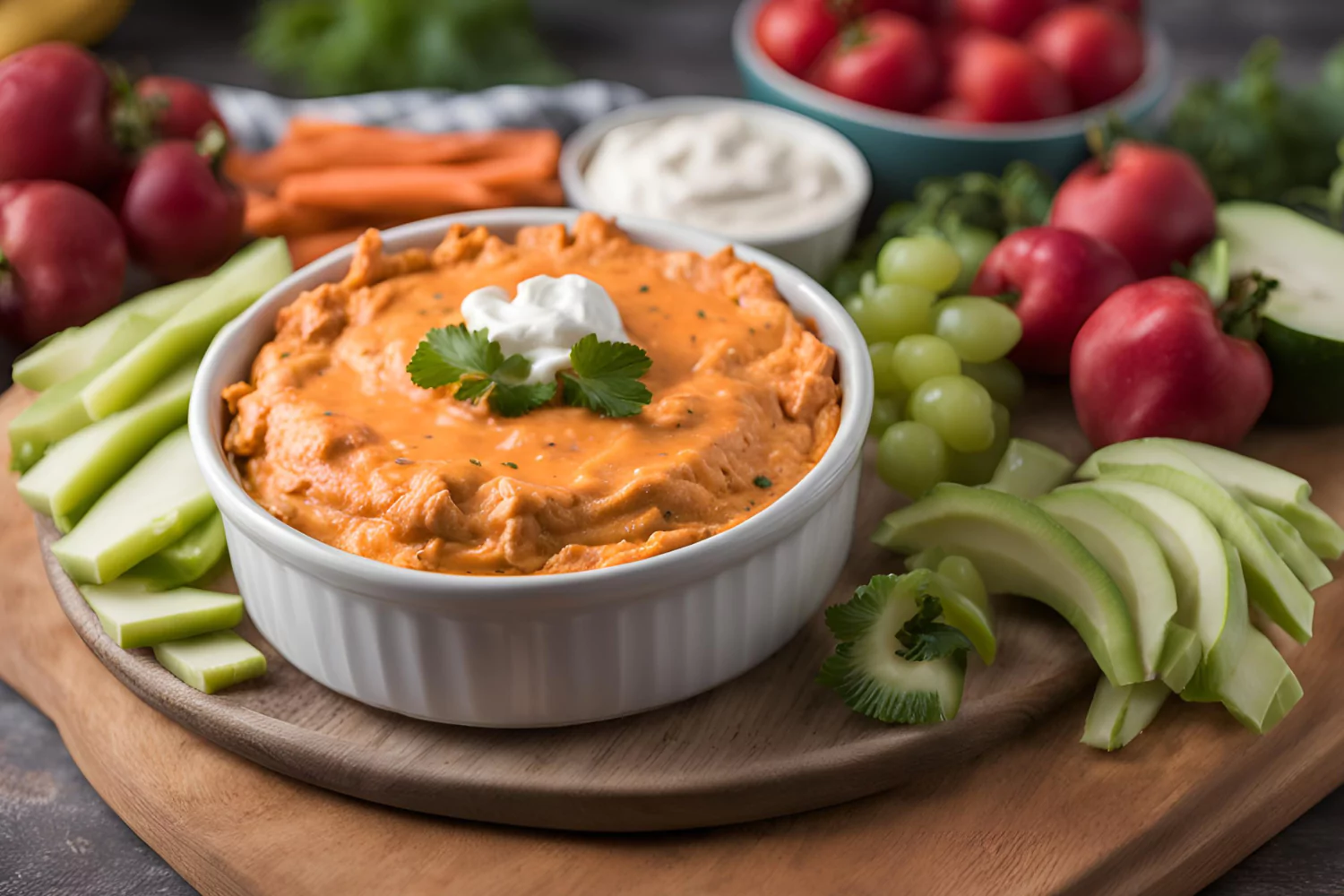
Creative Ways to Use Leftover Buffalo Chicken Dip
If you have leftover buffalo chicken dip, don’t let it go to waste. Here are some creative ideas to repurpose it:
Buffalo Chicken Pizza
Transform your leftover dip into a tasty pizza topping:
- Spread the Dip: Use the dip as the sauce base on your pizza dough.
- Add Toppings: Sprinkle with shredded cheese, chopped onions, and bell peppers.
- Bake: Cook until the crust is golden and the cheese is melted.
Subheading: Buffalo Chicken Stuffed Peppers
Use the dip to make a delicious stuffed pepper dish:
- Prepare Peppers: Hollow out bell peppers and fill them with the dip.
- Bake: Cook until the peppers are tender and the dip is heated through.
Buffalo Chicken Quesadillas
Turn your dip into a flavorful quesadilla filling:
- Spread on Tortillas: Layer the dip between two tortillas.
- Add Cheese: Sprinkle with extra cheese if desired.
- Cook: Grill or cook in a skillet until crispy and golden.
These ideas not only reduce food waste but also give you delicious new ways to enjoy buffalo chicken dip.
FAQs
Frequently Asked Questions
- What can you serve with buffalo chicken dip instead of chips?
- Vegetables like celery sticks, carrot sticks, and bell pepper slices.
- Is it possible to prepare buffalo chicken dip in advance?
- Sure, you can make it ahead of time and reheat it right before serving.
- How do you store leftovers?
- For up to three days, keep in the refrigerator in an airtight container.
- What are some good dipping vegetables?
- Celery, carrots, and bell peppers are excellent choices.
- How can you make buffalo chicken dip less spicy?
- Use less hot sauce or add more cream cheese to mellow the heat.
Elevate Your Buffalo Chicken Dip Experience
Buffalo chicken dip is more than just a party appetizer; it’s a versatile dish that can be enjoyed in countless ways. Whether you’re hosting a game night, a family gathering, or simply indulging in a delicious snack, knowing what goes good with buffalo chicken dip can make all the difference. This article has explored a wide range of sides, from traditional pairings like vegetables, chips, and bread to creative options such as proteins, alternative chips, and even fruits.
Vegetables like celery, carrots, and bell peppers provide a refreshing crunch that complements the dip’s creamy texture and spicy kick. Chips and crackers, including tortilla chips, pita chips, and various types of bread, offer a sturdy vehicle for scooping up generous portions of dip. These classic sides are convenient, widely loved, and enhance the overall dip experience.
For those looking to experiment, proteins like chicken wings and coconut shrimp add a hearty element to your spread, while alternative chips such as sweet potato and plantain chips introduce new flavors and textures. Surprisingly, even fruits like apple slices can be a delightful accompaniment, offering a sweet contrast to the spicy dip.
Beyond sides, this dip can be transformed into main course meals. wraps, sliders, and salads provide quick and tasty meal options, while a casserole makes for a comforting, crowd-pleasing dish. These ideas ensure that they can be enjoyed in more substantial and varied ways.
